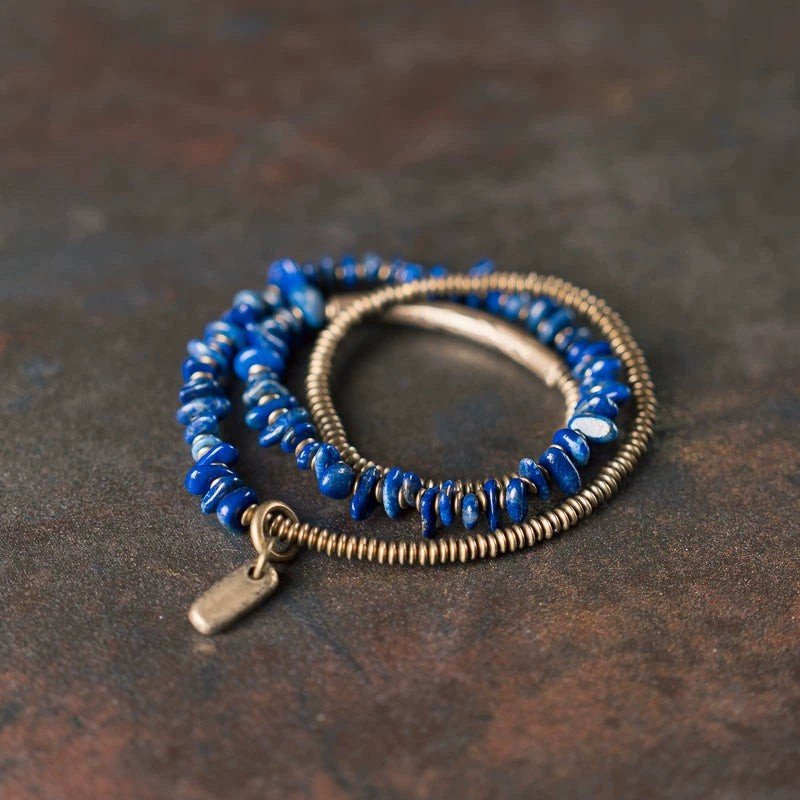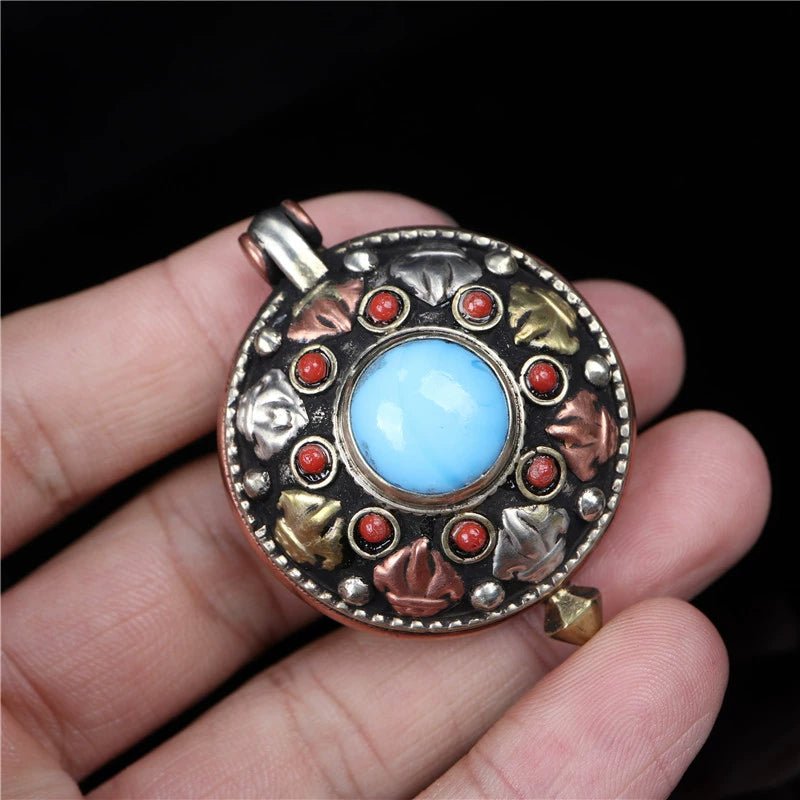Cultural Variations of the Evil Eye: Similarities with Eastern Traditions
A Global Belief in Protection
The Evil Eye is one of the most widespread protective symbols in the world. From the Mediterranean to South Asia, it is believed to guard against envy and harmful intentions. What makes it fascinating is how this concept, though rooted in different cultures, carries striking similarities to protective traditions found in the East.
The Evil Eye in the West
In Greece and Turkey, the Evil Eye often appears as a vivid blue amulet shaped like an eye. People wear it as jewelry or hang it in their homes to deflect negativity. The belief is simple yet powerful: when others direct jealousy toward you, the Evil Eye absorbs and reflects it, keeping your energy safe.
Parallels in Eastern Traditions
Eastern cultures also developed their own ways to guard against unseen forces. In China, charms of red thread, coins, or jade are used to protect against misfortune and attract good fortune. In India, black dots or beads are often placed on children to ward off harmful glances. These practices echo the same core idea as the Evil Eye—that envy and ill will can harm, and protection is needed to restore balance.
Shared Symbolism Across Borders
What unites these traditions is not the object itself, but the belief in unseen energy and the need for harmony. Whether it is a blue eye from the Mediterranean or a jade amulet from China, each culture expresses the same desire: to shield the spirit, protect the body, and create peace in everyday life.

A Timeless Human Connection
The similarities remind us that across oceans and centuries, humans have always sought protection from the same invisible fears. The Evil Eye and its Eastern counterparts are more than cultural artifacts—they are proof of our shared longing for safety, balance, and hope.


